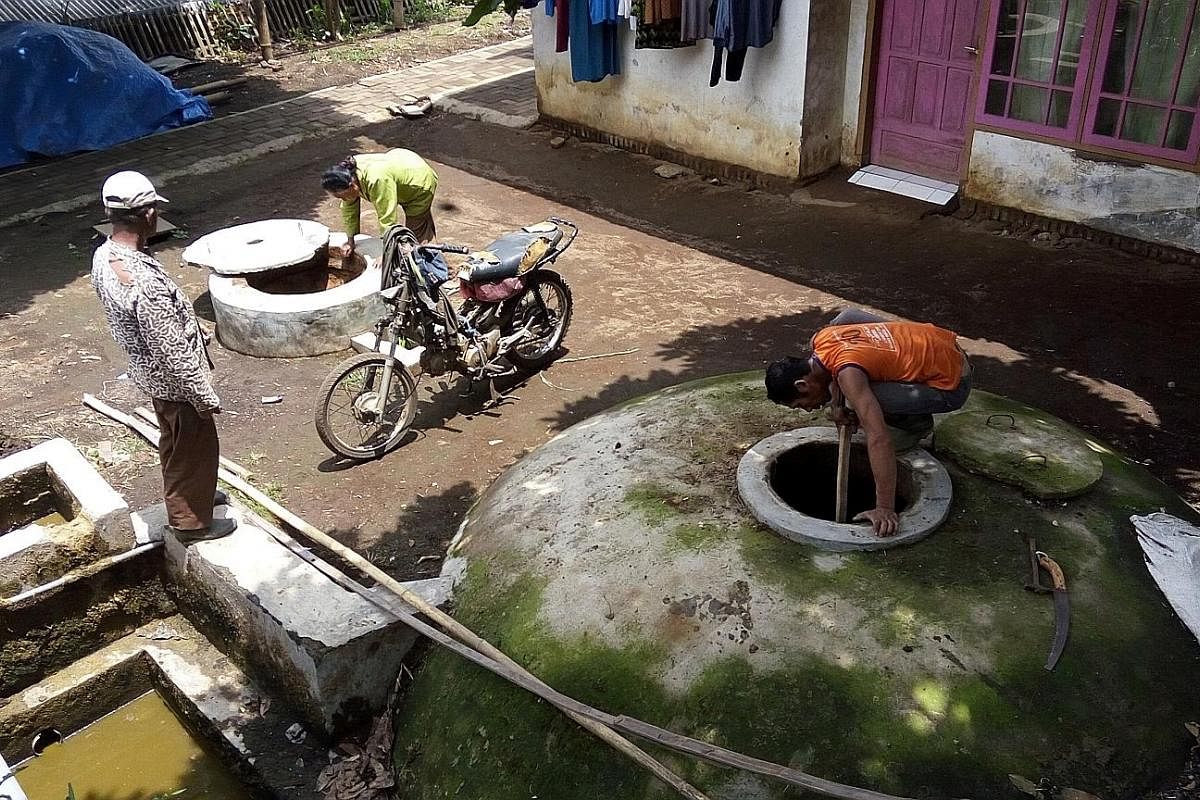EMPOWERING COMMUNITIES
Gas what, that tofu liquid waste is mighty useful


INDONESIA • White smoke billows from the kitchen of a tofu maker named Tumirah in Kalisari village in Central Java. Soya bean stew boils in a large stove that the locals call a kawah.
In one day, Ms Tumirah can process 80kg of soya beans to make tofu; this also produces 600 litres of waste water.
The waste water used to be discarded, but now, it is piped to a digester container about 300m away and processed into biogas.
The biogas is then channelled through a smaller pipe to Ms Tumirah's house to light the stove.
Tofu liquid waste contains vegetable protein, vinegar and organic acid, which can be fermented to produce methane gas for cooking.
Ms Tumirah said her family has been using biogas to cook for three years, instead of liquefied petroleum gas (LPG). "I prefer using biogas rather than an LPG canister for fear of explosions."
She said it also helps her save money, since she needs to pay only a monthly fee to the biogas installer for pipeline maintenance and management.
Kalisari village has a population of 4,671 people, of whom 250 are tofu makers.
In the past, they dumped their waste water into the river, turning the water dense, smelly and foamy.
Untreated waste water has a pH of 4-5, which can kill fish and cause rice crop failure.
The pollution problem was resolved by the construction of five wastewater treatment plants, built between 2010 and 2014 with the help of several institutions, including Indonesia's Research and Technology Ministry. Now, 142 tofu makers pipe their waste water into digester containers, which generate biogas for 210 houses.
Join ST's Telegram channel and get the latest breaking news delivered to you.
A version of this article appeared in the print edition of The Straits Times on June 24, 2017, with the headline Gas what, that tofu liquid waste is mighty useful. Subscribe
